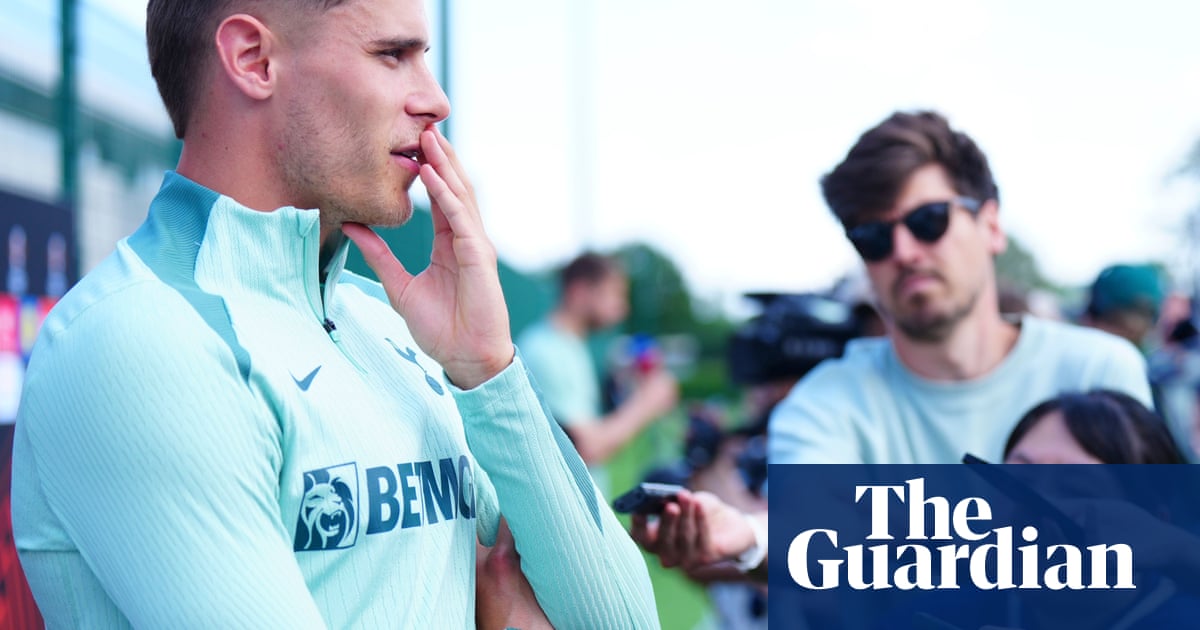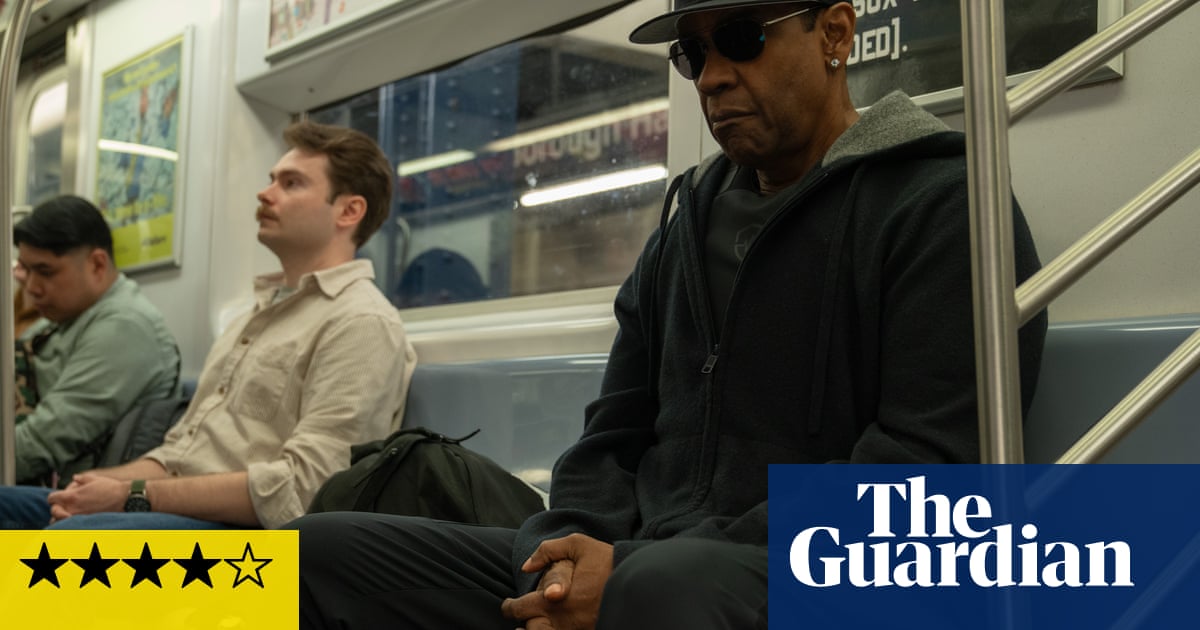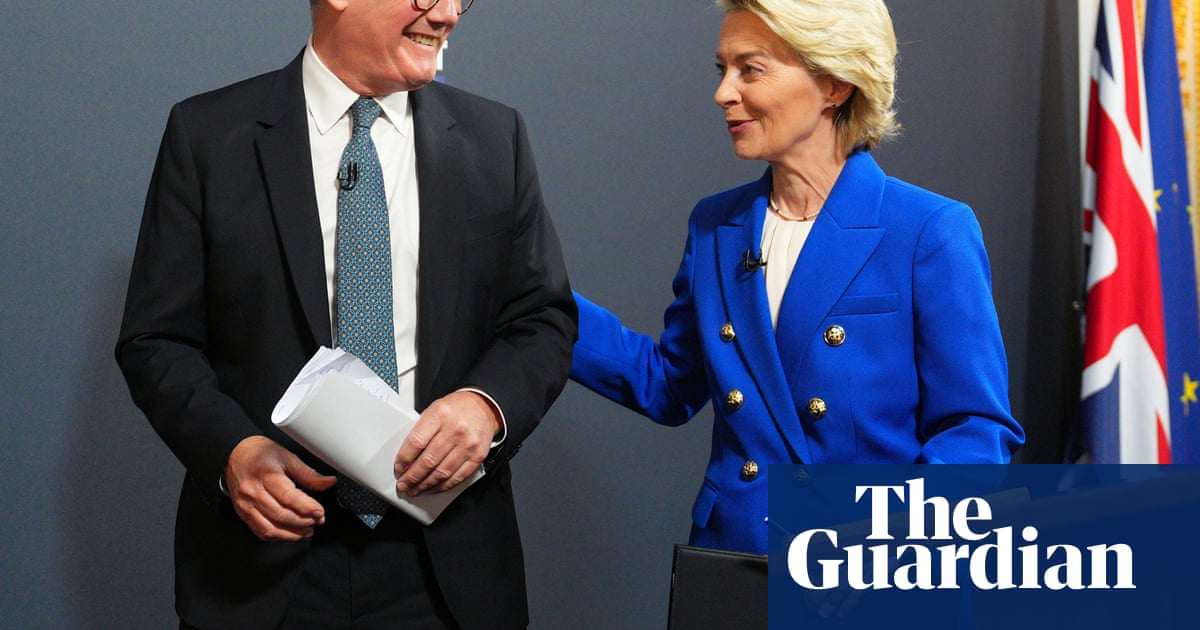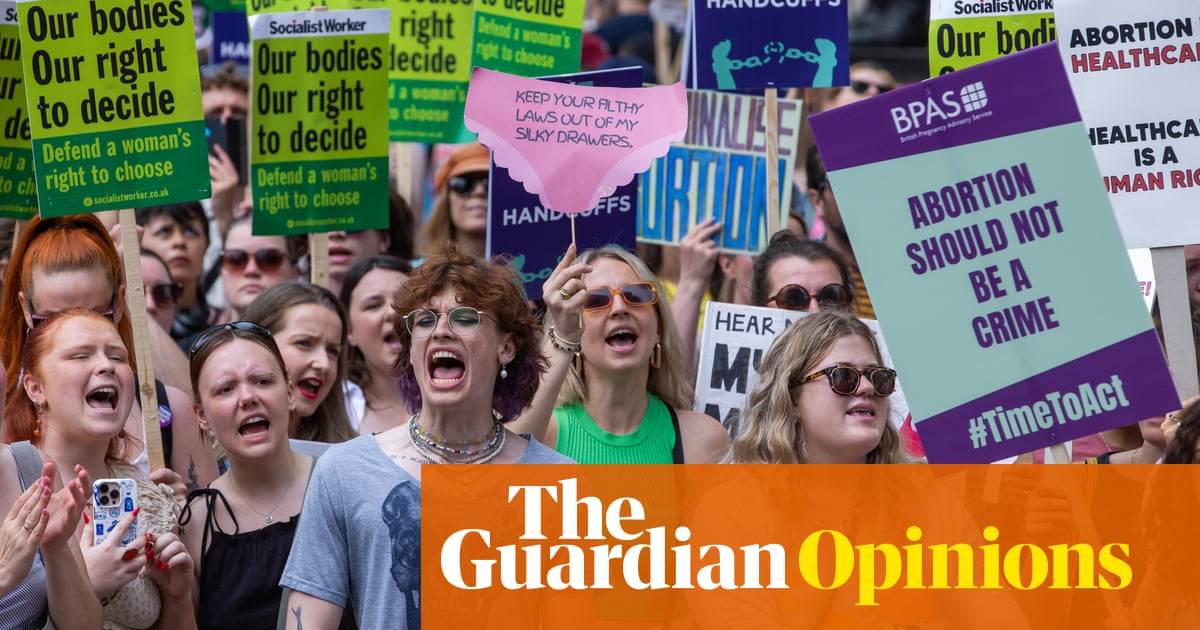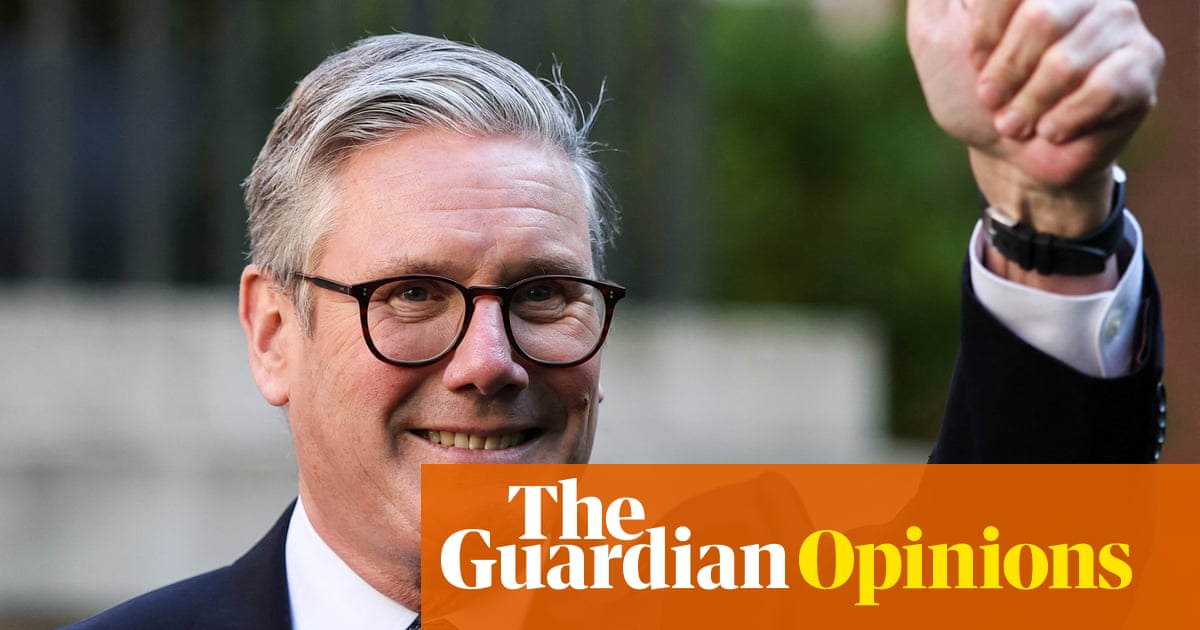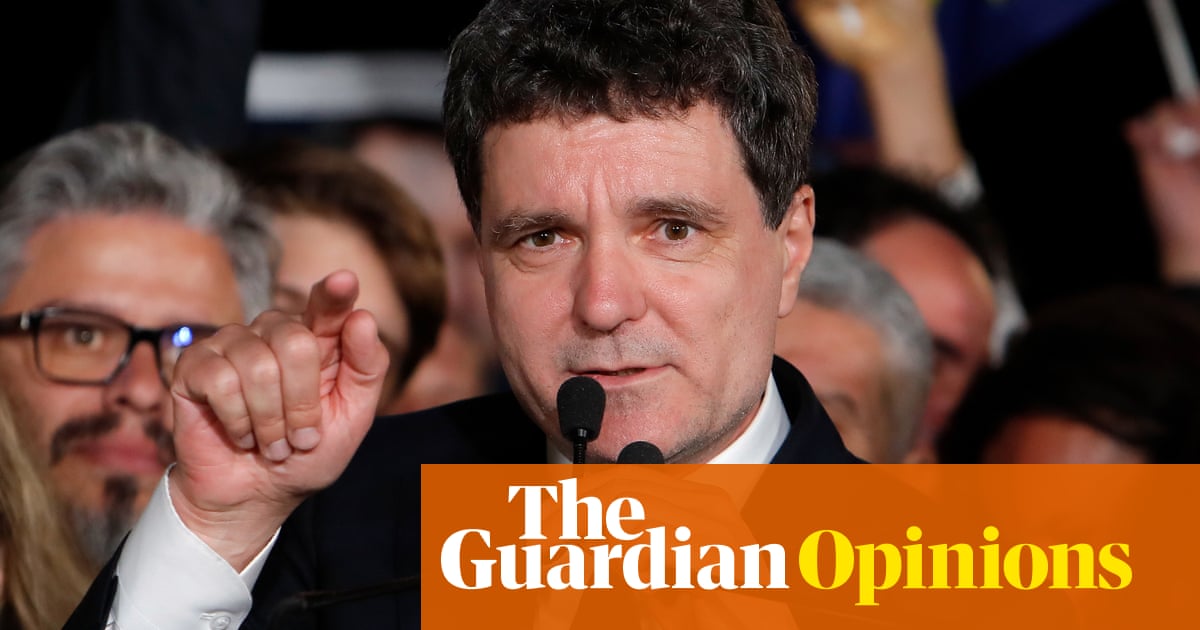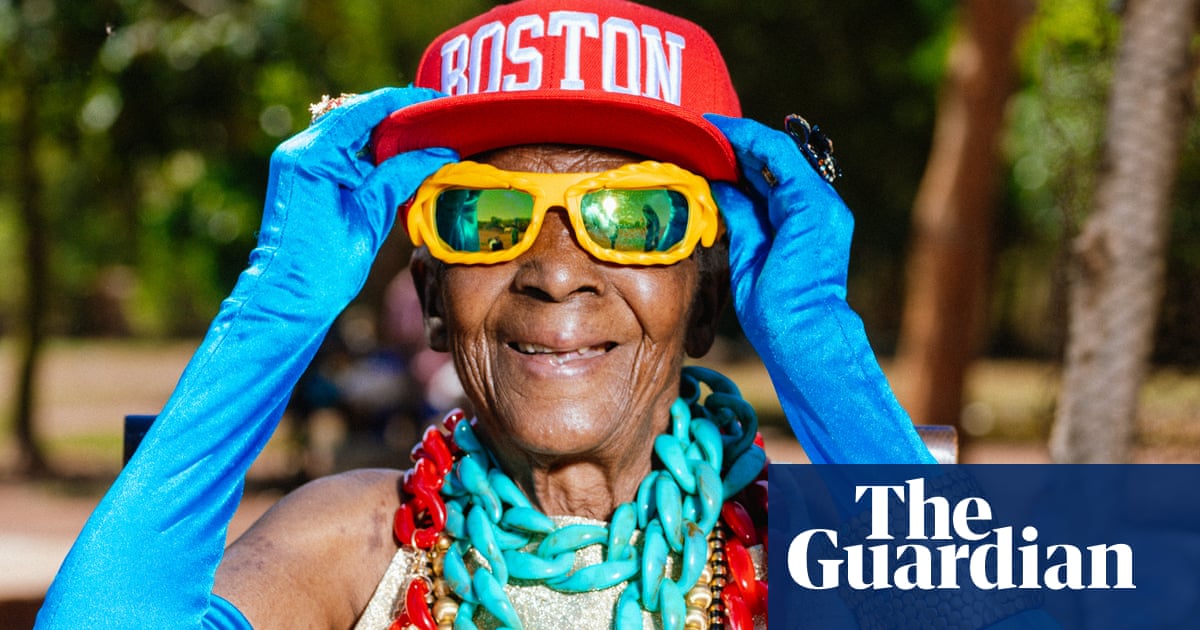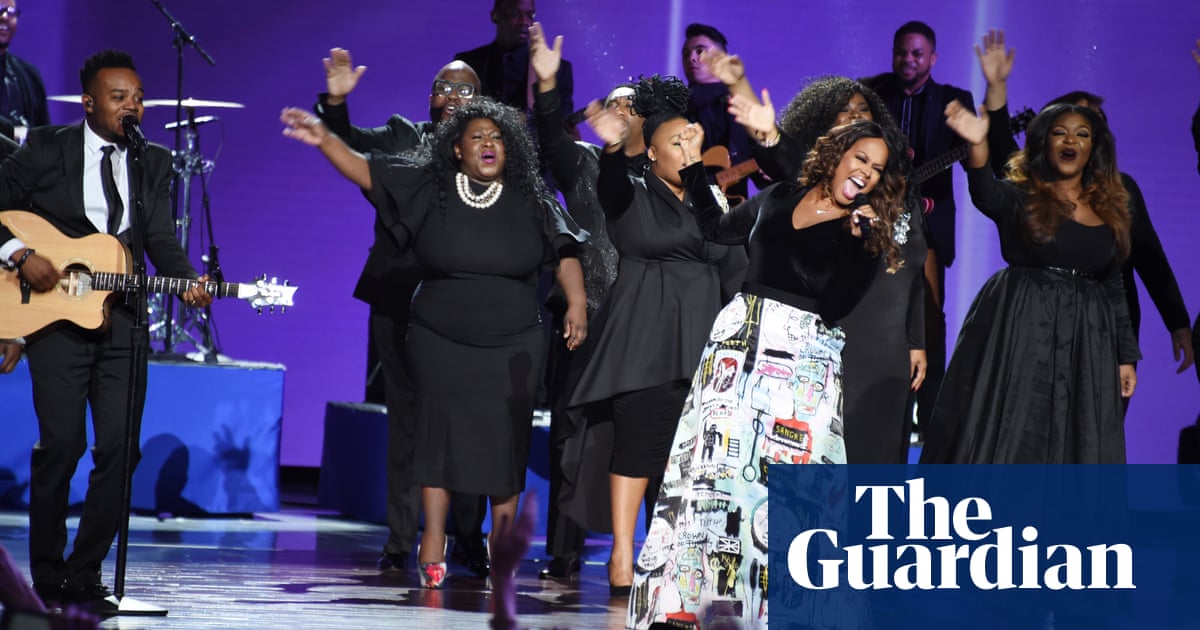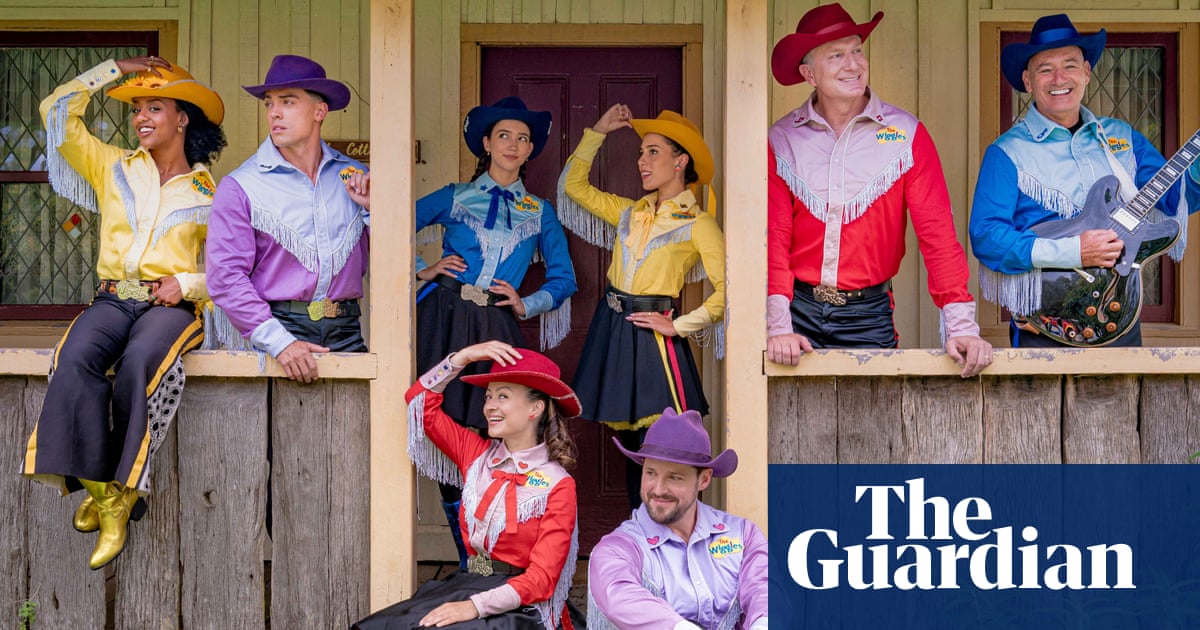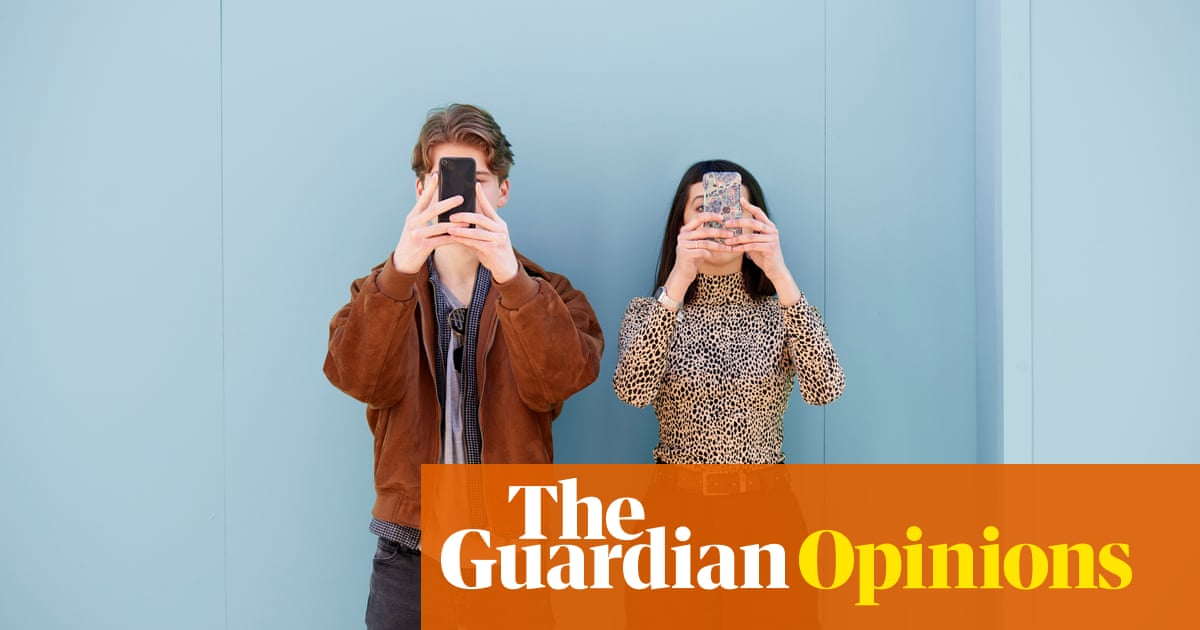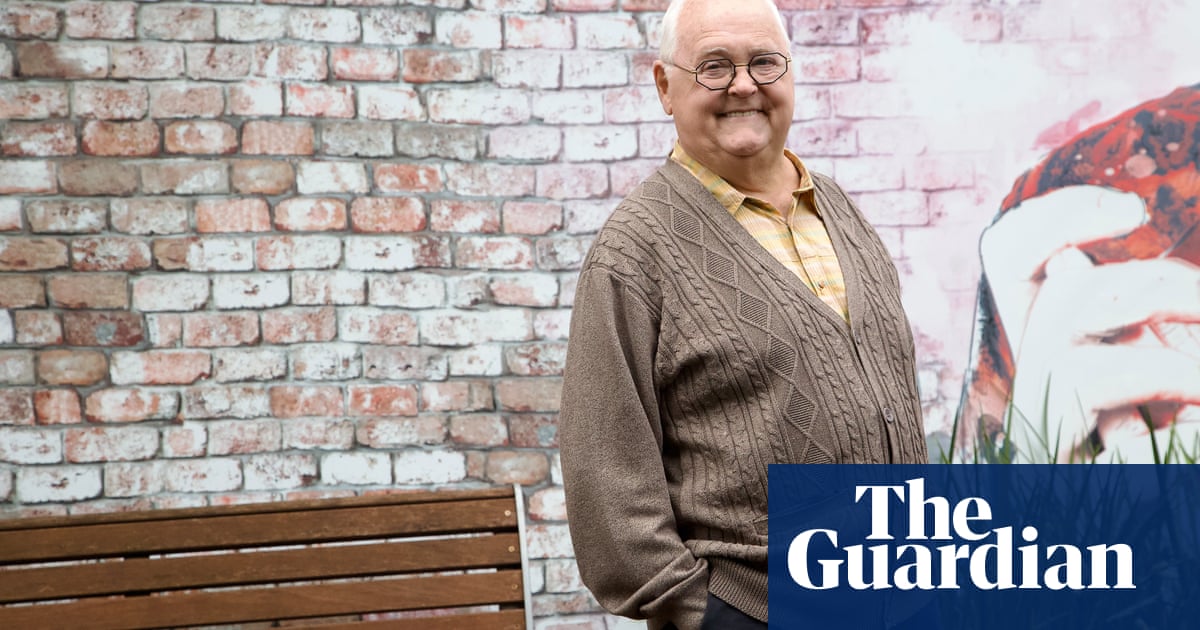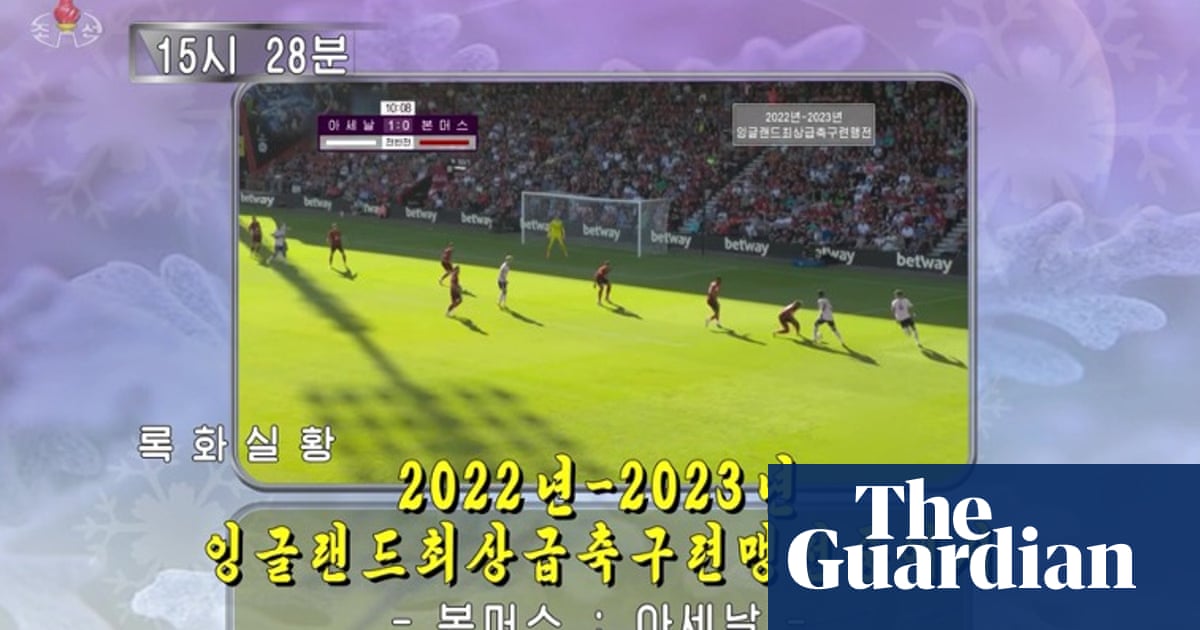Driving through western Sweden, through pine forests dotted with elk warning signs, Lars Stiernelöf says he has noticed a worrying new trend among young boys. Since the inauguration of Donald Trump in January, after which the US president’s top adviser and the world’s richest man, Elon Musk, gave two fascist-style salutes, there has been a rise in children using the Nazi salute in schools in Värmland.
“They don’t do it as a type of homage to Hitler – they do it because Musk did it,” says the sociologist, who works to counter violent extremism in the county where the Swedish Nazi party was founded 100 years ago. There is, he adds, “a lot of attention around Musk’s salute”, which some boys see as “a bit cool”.
While he says that the number of children engaging in this behaviour is small and by no means mainstream, it is evidence of the need for early intervention when it comes to the recruitment of young boys into far-right groups. “It is a violent message, and it can also be very serious if they’re drawn in. It should definitely be taken seriously.”
Far-right extremism has long been present in Sweden, but – as in other parts of Europe and the US – the last few years have seen a dramatic shift in the dominant groups, their structure, activities and recruitment.
The number of active groups in the Swedish far right are at their highest level since 2008, according to a new report by Expo, a Swedish anti-racism institute. After several years in decline, last year saw an increase in the number of groups “attracting a new generation of young men who have lost faith in democracy”. Violence, it reports, plays an increasingly important role – “both rhetorically and in actual acts of violence”.
Sweden’s largest neo-Nazi group, the Nordic Resistance Movement (known in Sweden as Nordiska motståndsrörelsen, or NMR), is not the force it once was. Its activities were heavily impacted by being designated a terror group by the US last year, meaning any US-based assets were frozen and it was blocked from the US financial system. It was also affected by changes in leadership and has struggled to recruit younger men within an aging membership.
But in its shadow a multitude of new, smaller, more agile and, to many, more invisible groups have emerged, using racist memes and violent videos to fish for new members on platforms like TikTok before the conversation moves on to other, private platforms.
Among the most successful is Aktivklubb Sverige, which acts as an umbrella organisation in Sweden for five smaller groups across the country, including White Boys Stockholm. The homegrown Gym XIV, which focuses on physical training and preparing for violence, has also played a key role in the development of Sweden’s active club movement. Both Aktivklubb and Gym XIV have developed extensive international links across Europe and the US – Aktivklubb is part of the international Active Club network founded in 2020 by the US far-right extremist Robert Rundo.
Stiernelöf, who works for Agera Värmland, a group that helps people to leave violent extremism, says one of the most notable changes is how the age of those being pulled in has plummeted. Some of the boys being recruited, he says, are now as young as 10.
The other notable change is the profile of the types of people who are attracted. “Ten to 15 years ago, it was about the strong, expressive guys who wanted to be seen,” he says. “Today, it is about young, vulnerable guys who often spend their time online and maybe miss social contact. That is a very big difference.”
This change, he adds, is also apparent in the types of “lone actor” males involved in acts of terror and mass violence. In February, a gunman killed 10 people, most of whom had an immigrant background, at an education centre in Örebro before killing himself. While the shooter’s motive is not known, he was a “classic lone actor”, says Stiernelöf.
The rise in membership of violent far-right groups is not happening in a vacuum. The far-right Sweden Democrats won the second highest number of seats in the 2022 general election after blaming rising gang crime on immigration. Its leader, Jimmie Åkesson, has also spoken in support of folkutbyte, the far-right “great replacement” conspiracy theory.

Deje is a relatively small community of just a few thousand in Värmland but in recent years it has become a hub of far-right activity. Overlooking a river, among wooden houses painted in traditional colours and above a car workshop, is the Swedish headquarters of the white supremacist Hammerskins. The US Nazi group has been banned in Germany, but in Deje has been met with a “tense acceptance” by the community, says Stiernelöf.
Although its membership is relatively small – estimated at eight to 10 people, mostly men in their 40s and 50s – the venue has become a meeting place for other far-right groups, including NMR, and an international site of pilgrimage for groups including the Proud Boys, which visited last summer.
In the centre of Deje, close to the grocery store and community football pitch used by local children, lies the site of what was until fairly recently a Gym XIV clubhouse. Until it was pulled down by local authorities, it was used for about a year and a half, says Stiernelöf, with a fighting cage visible outside.
Where the group is based now is not known, but it is believed to be relatively close by. These clubs are focused on violence – training for what they claim is a forthcoming race war.

“It is white young men. They talk a lot about the ‘white genocide’, ‘white lives matter’. They see a threat to the white man’s power,” he says. Role models include figures from the manosphere such as Andrew Tate and Marcus Follin, a Swedish white-nationalist YouTuber known as “the golden one”, whose Instagram feed is full of bodybuilding pictures.
As well as racism, hatred in these far-right groups is also directed at LGBTQ+ people and women.
The home lives of those who are recruited is “very mixed”, he says. But the trademark warning sign for vulnerability is those who are outsiders and do not feel that they belong.
Trump’s re-election bolstered the far right in Sweden, says Stiernelöf, even among those who are not open Trump supporters, because there is a sense that “we have a leader in the White House who supports our thing”.
At Expo’s office in Stockholm, researcher Jonathan Leman says extreme rightwing groups “feel closer to the mainstream now” – in part because of Trump. “The previous administration saw the worldwide movement of far-right extremism as a threat. ” The Trump administration, he says, “sends the opposite signals” with Musk’s public support of far-right groups and “expressing support for extreme-right core ideology”. NMR, he says, has even expressed hope that its US terror designation could be revoked.
In its most recent annual report, Säpo, the Swedish security service, paints a worrying picture of how the overlap of active clubs and online radicalisation could result in increasing violence in the future.
It warned that terrorist groups are using digital platforms and gaming environment to reach younger target groups in order to radicalise and mobilise them at an accelerating pace. “The security service handles cases involving children who have not even reached adolescence,” says the report, with young people “often attracted to violence as an ideology”.
It adds: “In addition to the online problem, active clubs within rightwing extremism are also a growing phenomenon in Europe that primarily attracts younger people.”
Violent extremism, anti-establishment movements and conspiracy theories are overlapping in a way that risks making ideologically motivated violence more common, it warns. “Increased polarisation in Sweden could mean increased acceptance of threats, hatred and violence while creating a breeding ground for violent extremism.”
A former member of far-right groups in Sweden over a 10-year period, who spoke to the Observer on condition of anonymity, became involved before turning 13. He left the movement entirely a few years ago but was initially attracted by the “close community. It was cool”.
The movement has changed dramatically in recent years, he said, from being relatively public-facing to having more secrecy. “Nowadays the movement is very fluid, not so open, but with a lot of outward-facing propaganda online. It is very organised, very tight and tied together. But the outside has much less insight into how it works, how it reacts and who the actors are.”

.png) 1 month ago
34
1 month ago
34
